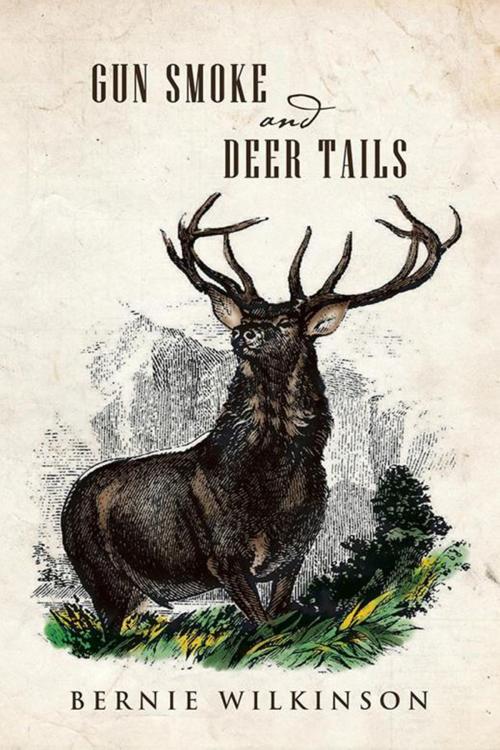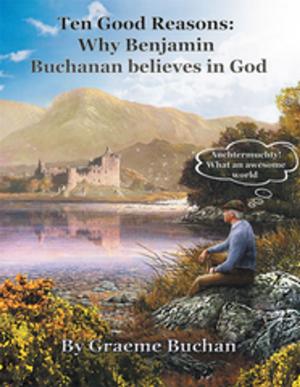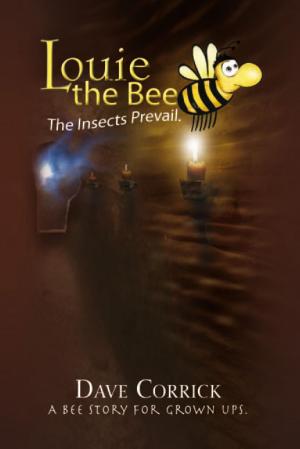| Author: | Bernie Wilkinson | ISBN: | 9781483674971 |
| Publisher: | Xlibris NZ | Publication: | August 13, 2013 |
| Imprint: | Xlibris NZ | Language: | English |
| Author: | Bernie Wilkinson |
| ISBN: | 9781483674971 |
| Publisher: | Xlibris NZ |
| Publication: | August 13, 2013 |
| Imprint: | Xlibris NZ |
| Language: | English |
Around the late 1870s red deer from the Scottish Highlands were transported to New Zealand and released into both Islands for the purpose of the odd bit of sport and know doubt for a bit of variety to the pot. Under total protection for eighteen years the numbers increased along with the spread and by the 1930s the population had become beyond the ability of the Acclimatisation Society to contain the rapid expansion. The Internal affairs department took over the task from 1930 to 1956, and then the DPF, Department Protection Forest division of the culling. During the war with no hunting pressure the deer in the bush and high country had become enormous herds beginning to do some serious damage. Under the control of the Internal affairs department hunters were sent into the back country with pack horses, ex-army 303 Lee-Endfields and endless supplies of 303 ammunition. The hunters were required to take the deer skins and were paid an expense of ten bob per skin. After about 1955 tail tallies were taken, the price per tail from ten bob to a couple of quid depending on the area being hunted. Young men from all around the globe and all walks of life were drawn to the adventure of being paid (not a lot) to hunt in some of New Zealands remotest country. As the hunting became more challenging with the deer expanding into the remotest area of the country the forest Service set up a training camp for hunters in a remote Wairau Valley called Dip Flat. Three months of extensive training was under taken by prospective hunters who had first past a selection course. Days were spent on the range learning basic fire arm skills, first aid, cooking, river crossings, and all the skills needed to be able to work for long periods on your own. Over the three months trainees were assessed as to the type of hunting areas they were best suited for, mountain, country, bush or more open country, then sent to blocks all around the country. However the job was partially suited to the individual loner type or bloke who tended to rely on himself and is aware of his own capabilities and some people are just not at ease working and living for long periods alone. There is no accounting for it; its just the way it is so although having passed through Dip Flat, hunter turnover was still an average of three to four months.
Around the late 1870s red deer from the Scottish Highlands were transported to New Zealand and released into both Islands for the purpose of the odd bit of sport and know doubt for a bit of variety to the pot. Under total protection for eighteen years the numbers increased along with the spread and by the 1930s the population had become beyond the ability of the Acclimatisation Society to contain the rapid expansion. The Internal affairs department took over the task from 1930 to 1956, and then the DPF, Department Protection Forest division of the culling. During the war with no hunting pressure the deer in the bush and high country had become enormous herds beginning to do some serious damage. Under the control of the Internal affairs department hunters were sent into the back country with pack horses, ex-army 303 Lee-Endfields and endless supplies of 303 ammunition. The hunters were required to take the deer skins and were paid an expense of ten bob per skin. After about 1955 tail tallies were taken, the price per tail from ten bob to a couple of quid depending on the area being hunted. Young men from all around the globe and all walks of life were drawn to the adventure of being paid (not a lot) to hunt in some of New Zealands remotest country. As the hunting became more challenging with the deer expanding into the remotest area of the country the forest Service set up a training camp for hunters in a remote Wairau Valley called Dip Flat. Three months of extensive training was under taken by prospective hunters who had first past a selection course. Days were spent on the range learning basic fire arm skills, first aid, cooking, river crossings, and all the skills needed to be able to work for long periods on your own. Over the three months trainees were assessed as to the type of hunting areas they were best suited for, mountain, country, bush or more open country, then sent to blocks all around the country. However the job was partially suited to the individual loner type or bloke who tended to rely on himself and is aware of his own capabilities and some people are just not at ease working and living for long periods alone. There is no accounting for it; its just the way it is so although having passed through Dip Flat, hunter turnover was still an average of three to four months.















